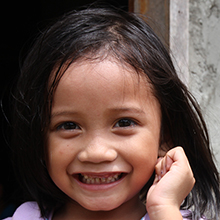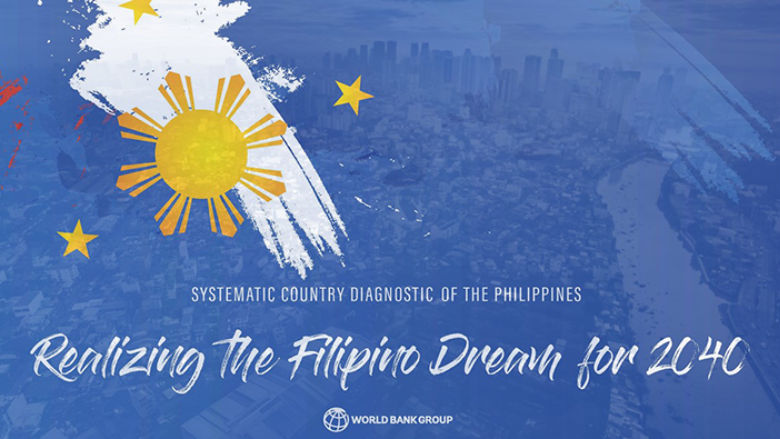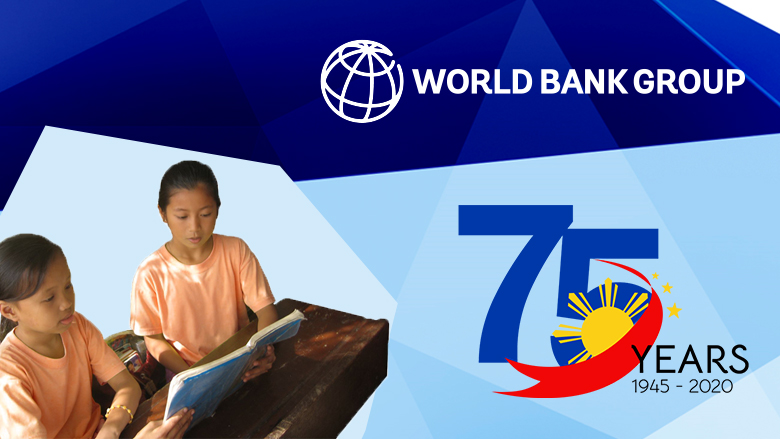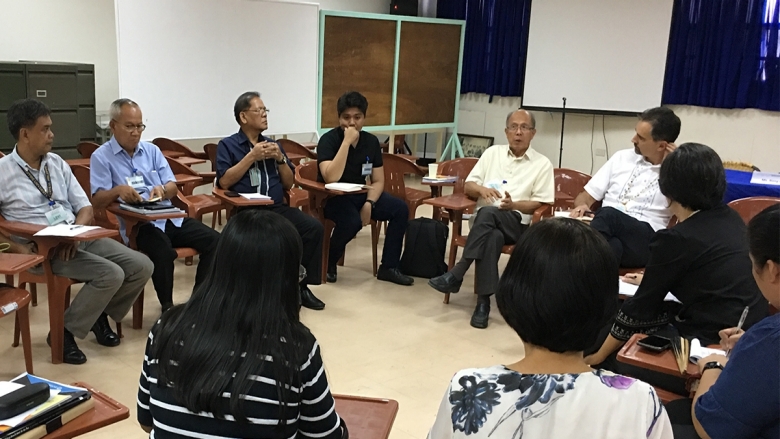The Bank’s development projects in the Philippines have produced significant results for the country’s people since the first loan was made, in 1957. In recent decades, Bank assistance has expanded to a wide range of projects and analytical work, policy advice, and capacity development in support of the Philippines’ development agenda.
Between 2014 and 2024, the Bank provided $779 million in support of Kapit-Bisig Laban sa Kahirapan-Comprehensive and Integrated Delivery of Social Services (Kalahi-CIDSS), one of the government’s primary community empowerment and poverty alleviation programs, under the KC National Community-Driven Development Project (KC-NCDDP). The project financed 54,843 subprojects, benefiting 17.4 million households, including 1.5 million Indigenous households. It mobilized over 2.45 million community volunteers, 63 percent of them women.
The Bank’s outcome evaluation indicated that the project had significantly improved access to essential infrastructure and services, with an average participation rate of 68 percent across subproject types. Marginalized groups—including recipients of the country’s cash transfer program, households headed by women, and Indigenous peoples—achieved an average participation rate of 67 percent, far exceeding the 40 percent target.
The Philippine Rural Development Project (PRDP), launched in 2014, aims to increase rural incomes, boost farm and fishery productivity, and improve market access nationwide. To date it has benefitted over 1.55 million farmers and fisherfolk (nearly twice its target of 760,000), 508,350 of them women (surpassing the target of 342,000). The project has constructed and rehabilitated 2,362 kilometers of farm-to-market roads, reducing travel time by 65 percent in the dry season and 63 percent in the wet season and cutting transport costs by 52 percent. A household survey revealed that annual real income for farmer and fisher households benefiting from completed infrastructure or involved in agricultural enterprise subprojects increased by 24 percent.
Recognizing the central role of electrification in fostering inclusive growth, the government has made expanding access to electricity a priority. Achieving universal household electrification is challenging, because most remaining unelectrified households are in very isolated areas. Off-grid electrification using renewable energy is essential to meet these targets, given the country’s island geography and scattered population.
The Access to Sustainable Energy Project (ASEP), initiated in 2016, was designed to address this challenge. The project piloted and demonstrated, at scale, a financially and environmentally sustainable business model for off-grid electrification and inclusive growth. It provided 202,500 people, including 103,250 women and girls, with new or improved electricity services by adding 2 megawatts of generation capacity. As a result of the project’s success, the National Total Electrification Program adopted its business model.
In September 2020, as the Philippines tackled the COVID-19 pandemic, the Bank launched the Philippines Beneficiary FIRST Social Protection (BFIRST) Project, to mitigate the impact on low-income Filipino households by supporting the government’s flagship conditional cash transfer program, the Pantawid Pamilyang Pilipino Program (4Ps). It helped the Department of Social Welfare and Development develop and implement a digital transformation strategy, enabling over 4 million households to receive 4Ps benefits electronically. Supported by the Bank since 2008, the 4Ps program is being implemented across 41,676 barangays(villages), 146 cities, 1,481 municipalities, and 80 provinces. The results have been impressive:
In March 2021, the Bank launched the Philippines COVID-19 Emergency Response Project, to support national vaccination efforts, strengthen the healthcare system, and overcome the impact of the pandemic, especially on the poor and most vulnerable. It financed the procurement of at least 33 million doses of COVID vaccines in the Philippines, benefitting 7.5 million children, and facilitated the purchase of essential medical equipment. The ramp-up of vaccination enabled the authorities to open more economic activities, allowing the economy to grow 5.6 percent in 2021.
To strengthen the government’s capacity to manage risks from climate change, natural disasters, and disease outbreaks, the Bank approved the Fourth Disaster Risk Management Development Policy Loan with Catastrophe Deferred Drawdown Option (Cat DDO4), in 2021. This financing supported development of the PlanSmart Ready to Rebuild application, which generates disaster recovery plans using science-based information and pro forma document templates. The web application helps the government formulate and implement hazard- and risk-informed programs and projects to better prepare for and recover from disasters.
To date, over 500 participants from the National Capital, Central Visayas, Caraga, and Southern Tagalog regions and the BARMM have been trained, including people struck by Super Typhoon Rai and Severe Tropical Storm Nalgae. As a result, 139 local government units were added to the baseline data in the GeoRiskPH platform. PlanSmart Ready to Rebuild is transforming disaster recovery planning in the Philippines by using digital technology to formulate science-based and data-driven disaster recovery plans even before disasters happen. This automated planning tool—the first of its kind—slashes the turnaround time in disaster recovery planning from eight months to three to four weeks.
In the BARMM, the Bank is supporting the peace process between the Philippine government and the Moro Islamic Liberation Front (MILF). Building on the achievements of the earlier Mindanao Trust Fund (2005–21), the Bank manages the Bangsamoro Normalization Trust Fund (BNTF), with contributions from Australia, Canada, the European Union, and the United Kingdom. The BNTF supports community-driven development, agricultural livelihoods, and farm-to-market roads in MILF camp communities; decommissions former combatants; and provides technical assistance for the planning and coordination of development efforts in the camps.
The International Finance Corporation (IFC)—the private sector arm of the World Bank Group— has been a leader in developing the market for thematic finance in the Philippines, including green, blue, sustainability-linked, and social bonds. It has driven private investment for infrastructure development. In June 2024, for example, it backed the City Savings Bank in the issuance of its first social bond, which is improving access to finance for low- and lower-middle-income women. As part of efforts to grow the market for green development, in July 2024 IFC partnered with Ayala Land on its first sustainability-linked loan, which will support the company in decarbonizing its commercial real estate portfolio. IFC also recently provided public-private partnership advisory services to the Department of Transportation, which led to the awarding of contracts that will support the upgrade and expansion of Laguindingan International Airport and Bohol-Panglao International Airport.
Last updated: April 2025







